Fed Chief Warns Anew on Foreclosures
 Friday, March 14, 2008 at 04:42PM
Friday, March 14, 2008 at 04:42PM Ben S. Bernanke, the Federal Reserve chairman, added fresh warnings on Friday about a gathering wave of home foreclosures bearing down on American communities, while pledging new regulations to limit the impact and crack down on predatory mortgage lending.
“Mortgage delinquency and foreclosure rates have increased substantially over the past year and a half,” Mr. Bernanke said during a speech in Washington. “Behind these disturbing statistics are families facing personal and financial hardship and neighborhoods that may be destabilized by clusters of foreclosures.”
“These realities challenge to find ways to prevent unnecessary foreclosures,” and “ensure a regulatory environment that promotes responsible lending,” he added.
The chairman’s words before the annual meeting of the National Community Reinvestment Coalition were perhaps most notable for what they left unsaid: At a time of grave concern about a recession that many economists believe has already begun, Mr. Bernanke offered no clues as to whether another cut in interest rates is in the offing when Fed governors convene on Tuesday.
Nor did Mr. Bernanke touch on intensifying fears about the global credit shortage spawned by the unraveling of American mortgage markets. The severity of that crisis was brought home with stunning clarity by the morning’s news that Bear Stearns, the venerable Wall Street investment bank, was leaning on emergency financing from JPMorgan Chase and the New York Federal Reserve.
That news triggered a fierce sell off on Wall Street, where the Dow Jones industrial average was down about 170 points shortly before 1 p.m.
Even before the public distress call from Bear Stearns, markets had already assumed the Fed would drop the federal funds rate by at least half a point and probably three-fourths of a point at next week’s meeting.
In aggressively lowering the rate on what banks charge each other for overnight loans in recent months, the Fed has been seeking to stir economic activity: Lower rates make it easier for banks to get their hands on cash, which traditionally makes them more likely to lend, giving businesses the wherewithal to invest and hire workers.
But lower interest rates also tend to increase inflation, because more easily flowing money leads to more buying, which pushes prices up.
As it has dropped rates, the Fed has acknowledged longer-term concerns that this easing could ultimately worsen inflation, even while concluding that the immediate threats to the economy — tight credit, plummeting home prices and a deteriorating jobs market — demand freer credit at once.
Data released by the government on Friday morning appeared to give the Fed a little extra room to tilt further toward stimulating the economy while worrying less about inflation: The Consumer Price Index showed that inflation was essentially flat in February. That lent some credence to the argument that as the economy slows, this will diminish demand for goods, and that will automatically apply the brakes to price increases.
Many analysts, however, argue that the February figure was an aberration. Gasoline and food prices have been rising sharply, and this should be reflected in the data for March, removing whatever cushion Friday’s numbers appeared to provide.
None of this occupied Mr. Bernanke’s time at the podium in Washington. Instead, the Fed chairman focused on the widening crisis in American real estate, while advertising the merits of a set of proposed new regulations he introduced in December.
Those proposals include barring lenders from making loans that borrowers cannot reasonably be expected to repay, and demanding that lenders verify the incomes of borrowers rather than rely on their assurances.
The Fed also proposed barring lenders from marketing their mortgages as “fixed rate,” without specifying the time the rate remains in place. That measure is a reaction to the growing number of homeowners who have landed in trouble after their low promotional rates expire, inflicting them with much higher monthly payments.
Some 1.5 million subprime mortgages with adjustable rates are set to adjust upward this year, Mr. Bernanke said.
The Fed will take public comment on these proposed measures through April 8 before issuing final rules.
In making his case for the changes, Mr. Bernanke noted that more than half of the roughly 1.5 million foreclosure proceedings initiated last year involved subprime mortgages — those extended to those with troubled credit, often in low-income areas.
“Far too much of the lending in recent years was neither responsible nor prudent,” he said. “The terms of some subprime mortgages permitted home buyers and investors to purchase properties beyond their means, often with little or no equity. In addition, abusive, unfair or deceptive lending practices led some borrowers into mortgages that they would not have chosen knowingly.”
But Mr. Bernanke noted that the mortgage crisis now extends far beyond subprime loans.
“In 2007, about 45 percent of foreclosures were on prime, near-prime, or government-backed mortgages,” he said.















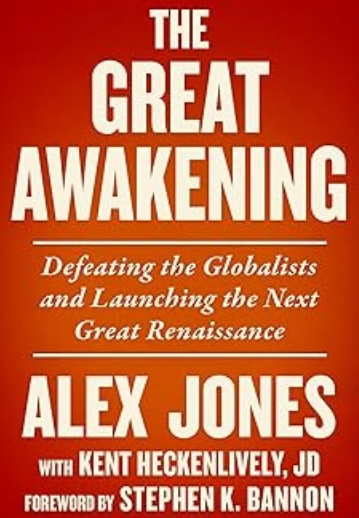






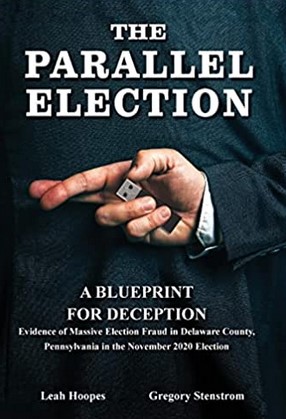








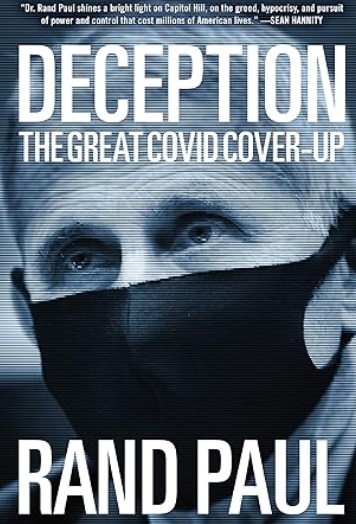
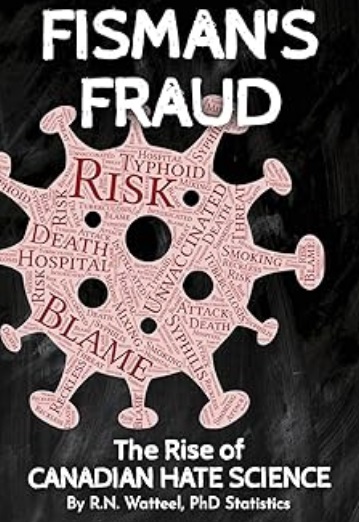






















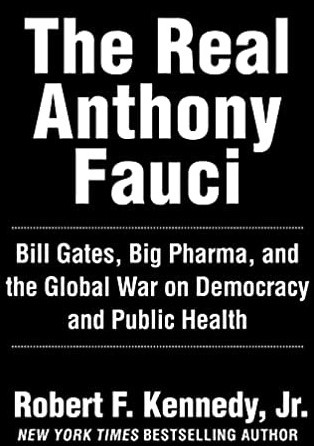


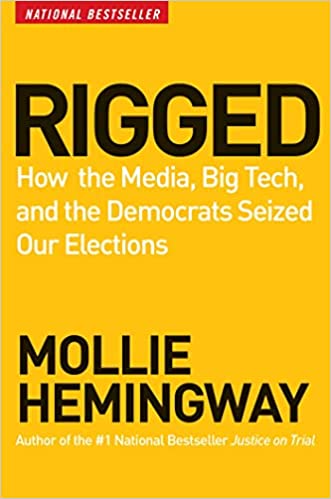










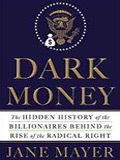










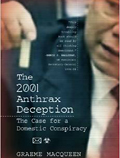






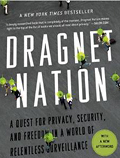




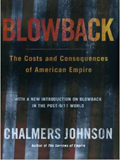




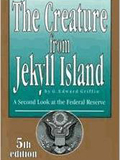




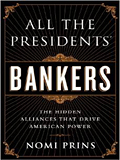






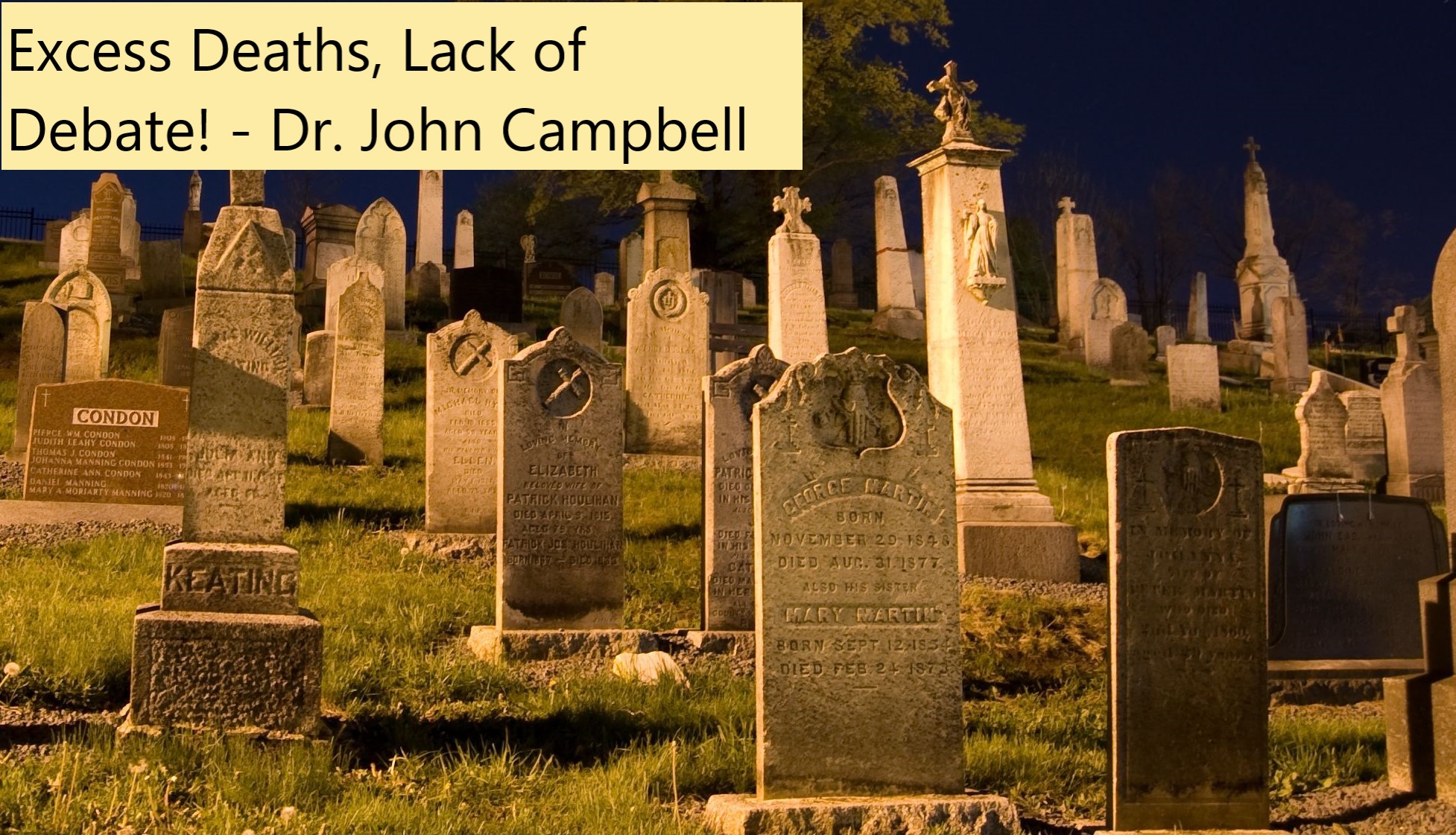






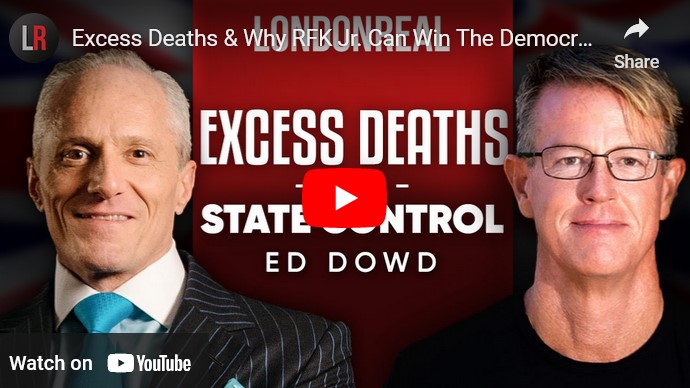












Reader Comments